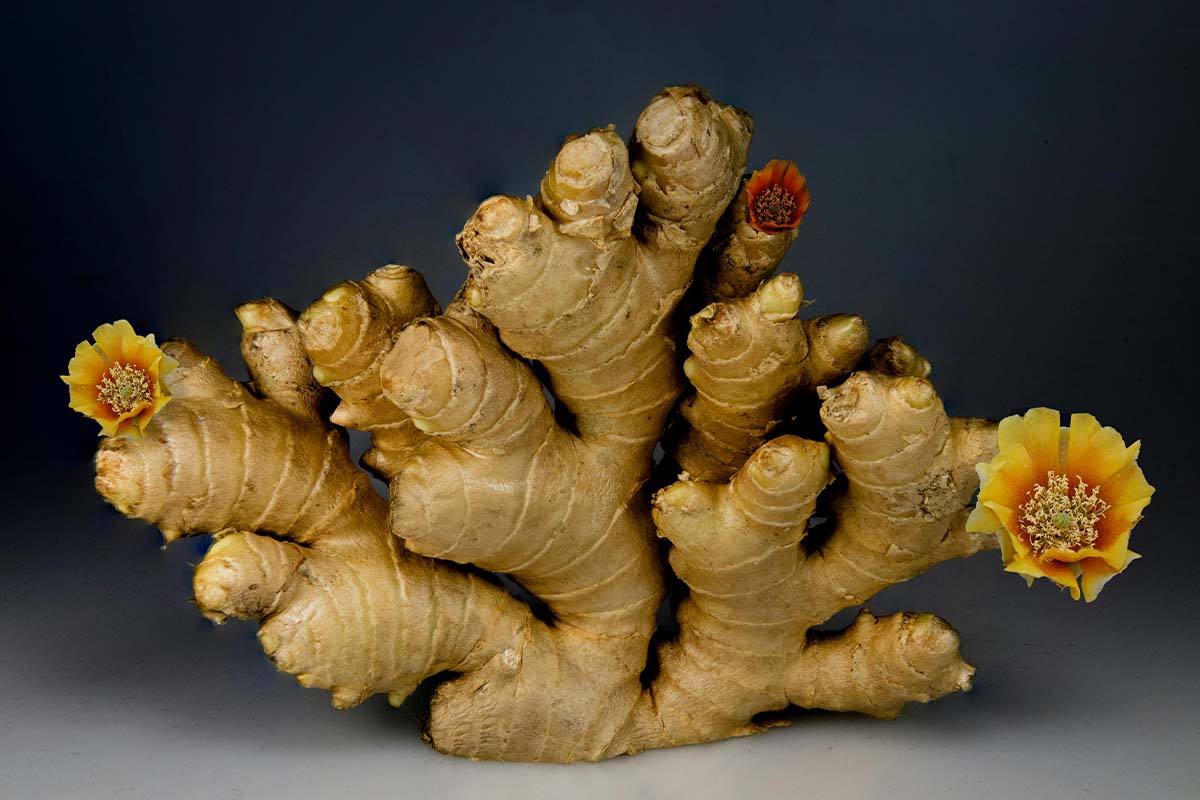
Zingiber officinale: The Ancient Healing Root
Introduction
Zingiber officinale, commonly known as ginger, is a flowering plant whose rhizome (root) has been used for millennia as both a spice and medicine. Originating in Southeast Asia, it is now cultivated worldwide and celebrated in Ayurveda, Traditional Chinese Medicine (TCM), and Western herbalism for its digestive, anti-inflammatory, and immune-boosting properties.

Key Bioactive Compounds
- Gingerols & Shogaols – Potent anti-inflammatory and antioxidant compounds.
- Zingerone – Provides digestive benefits and mild heat.
- Terpenes & Essential Oils – Contribute to its antimicrobial effects.
Traditional Uses
- Ayurveda: Used to balance Kapha and Vata doshas, treating indigestion, colds, and joint pain.
- TCM: Prescribed for "warming" the body, relieving nausea, and improving circulation.
- European Herbalism: Historically used for digestive ailments and menstrual cramps.

Modern Health Benefits
- Digestive Aid
- Stimulates digestion, reduces bloating, and alleviates nausea (including morning sickness and chemotherapy-induced nausea).
- Anti-Inflammatory & Pain Relief
- Shown to reduce osteoarthritis pain and muscle soreness comparable to NSAIDs (e.g., ibuprofen).
- Immune Support
- Its antimicrobial properties help fight respiratory infections and sore throats.
- Cardiovascular Health
- May lower blood pressure and cholesterol by improving circulation.
Caution: May interact with blood thinners (e.g., warfarin).

Conclusion
Ginger is a time-tested, science-backed remedy for everything from upset stomachs to chronic inflammation. Its versatility in culinary and medicinal applications ensures its place as a global wellness staple.








